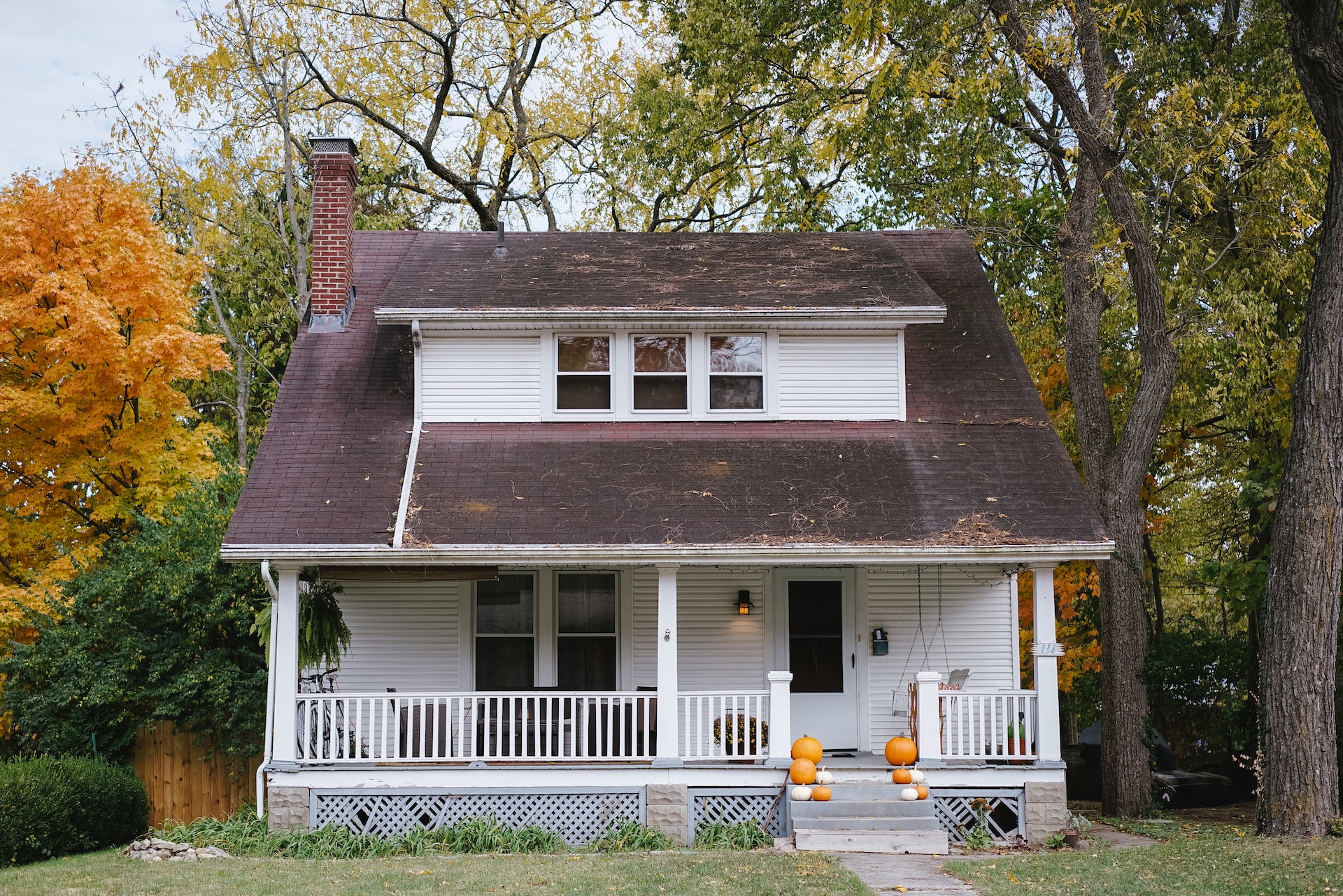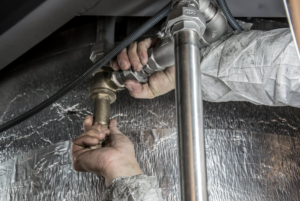
There is no denying that storms can cause significant damage to your home. From high-speed winds to flooding, these catastrophic events can ruin your home. While you may feel helpless in such a situation, it’s essential to know that you can take steps to mend the damages. In this blog post, we will explore some tips, tricks, and best practices that can help you restore your home to its former glory after a storm.
Ensure Safety First
Before you start repairing the damages to your home, it’s vital to ensure your safety. Depending on the severity of the injury, you may need to evacuate the premises. Wait until you get an okay to return, and don’t enter your home until you feel safe.
Assess the Extent of the Damage
Once you make your way back into your home, it’s essential to assess the extent of the damage. If you notice large cracks in your foundation, holes in your roof, or major flooding, you may need to call in a professional. A certified contractor will be able to assess the extent of your damages, provide you with a quote, and generate a restoration plan to bring your home back to its former self.
Document the Damage
Before you start cleaning up, document everything using photographs and videos. These documents will be beneficial if you file an insurance claim or need to provide evidence of expenses related to the repairs, such as roof repair. Therefore, take clear and focused photos or videos that showcase the extent of the damage. Make a list of all the damaged parts of your home for easier management, and mark in particular if anything is going to need major repair.
Dry Out and Disinfect
Your home may be flooded or damp after a storm. Before you start any repair work, it’s essential to dry out the affected areas to prevent mold and help facilitate the preservation of your items. You can use fans, portable heaters, or even a dehumidifier to let the air circulate and get things to dry out faster. Once the area is dry, disinfect and clean up to avoid spreading bacteria. A mild disinfectant product and a thorough cleaning should do the job well.
Repair, Restore, and Replace
After drying, your next step will be to carry out the repairs and replacements to your property. Depending on the severity of the item damages, you may need to restore or replace furniture, carpets, walls, or even entire roof sections. It’s essential to use high-quality materials during the repair process to avoid repeat damage to your home. Focus on upgrading your building materials or renovating your property to make it more storm-resistant in the future.
Don’t let a storm get the best of you and your property! While it’s impossible to prevent storm damage completely, following these simple steps can help you mend and restore your home. Remember, make sure you’re safe, assess the extent of the damage, document it, dry out and disinfect, and finally repair, restore, and replace. If you need professional help, don’t hesitate to call the experts. They are experienced and certified and can help you restore your home quickly and efficiently. With these tips, you’re well on your way to recovering from a storm and rebuilding your home better and stronger than ever.


